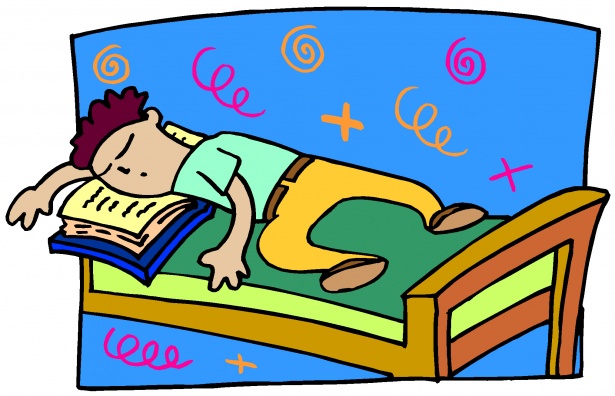E.S.L. Experience
Students in E.S.L. classroom ( Tariq Mukhlis, Peniel Mutombo, Jalil Akbari)
November 21, 2019
Highschool drama, stress, and pressure seem just about unbearable to us all at some point Imagine having to simultaneously try to learn English on top of it all. Luckily Charlottesville High School has an amazing program in place called E.S.L. Everyone’s heard about E.S.L., but what really is it? E.S.L. stands for English as a Second Language. The first E.S.L. program was established in schools nationally in 1963, but the program has greatly evolved since then.
As soon as an E.S.L. student comes to C.H.S., or any of the county’s schools, they take the Wida Test, which assesses where a student is with their language acquisition. The test helps accurately place a student on level One through Four. Level One means a student has very little English speaking ability. If a student is level one, Dr. I explained their main focus.“They’re working on ways to bridge that language barrier so that they can access more classes.” If you are E.S.L. One, then most of your classes will be based around learning English. As one progresses in levels, subjects start to be integrated into the student’s curriculum, which is called a sheltered class. For example, at Level Three a student could have a science class where they are learning English vocabulary around Science.
The federal government says that a student should pass a level in a year, but in reality it can take much more time depending on previous education. Beverly Catlin, who has been working within the E.S.L. program for around 15 years, explained how to graduate levels. “They assess for ELLs test, which is a state-mandated assessment. Every E.S.L. student has to take that test annually. That’s the only way you can change a level in E.S.L..At level 4.3 you exit the program.” When a student passes all the levels, the student is put into mainstream classes, but their progress is still monitored for two years. If a previous E.S.L. student is falling behind in their mainstream classes, Catlin said that“Charlottesville High School has created a number of different avenues and approaches to support students.”
There is a common misconception that E.S.L. is all Spanish-speaking. In reality there are 18 different languages spoken within the program at C.H.S., and there are students from 12 different countries. At our school there are around 130 E.S.L. or previous E.S.L. students. “At the high school, 22% of your students are at Level One, 61% are at Levels Two and Three, and 17% are at Level Four,” Catlin said.
There are 480 E.S.L. students in our county schools, and 26 new E.S.L. students enrolled this year at C.H.S. Electives, lunch, and P.E. are all integrated. E.S.L. students have all their core classes with other E.S.L. students. The administration makes a point of having periods of the day where English-learning students can interact with other kids so they don’t feel isolated.
C.H.S. has a great system in place, but there are still many challenges to be made. Many students come into high school with little to no education. “They are now in high school and they don’t know how to read or spell. My job is to get them as far along as they can, because ultimately they have to take all the same tests that everyone else has to take,” Carole Jones, an E.S.L. teacher and head of the Professional Learning Committee, explained. It’s hard to comprehend the fact that students who have gone to barely any or no school in their life are expected to learn English and meet all graduation requirements within four years. This is why E.S.L. students are actually allowed to stay in school until they are 22. Most E.S.L. students are graduating, but some circumstances are just too hard to overcome. Catlin said,“We’ve had groups of students for whom the barriers were so challenging that it made it very difficult [for them to graduate]. We once had a group of refugees who came to us here in the high school and they had almost never been to school because it was not available to them at their refugee camp[…] That was very challenging for that group to envision graduating, but that’s not as much the pattern right now, which is very exciting.”
Believe it or not, most E.S.L. teachers only speak English. In one E.S.L. classroom, the students are speaking a variety of different languages. The students may not understand each other or the teacher, and the teacher does not understand the students. To help this process, E.S.L. teachers need to have loads of resilience and patience. They use pictures, and even act out the information.
The reality is that coming to a new school knowing little to no English won’t be an easy transition for anyone, but C.H.S. has created a system to make the transition as smooth as possible. There is not one track for each E.S.L. student, it is specific to them as a person. For instance, a student who is particularly strong in art, or math, or any other specific area will be given the opportunity to go to their level at that area even if they aren’t as strong in other areas. The administration takes the time to treat E.S.L. students as individuals.






